For companies that rely on aluminum melting furnaces, nearshoring the design, manufacturing, and service of this critical equipment offers significant advantages. By working with suppliers located closer to home rather than on the other side of the globe, foundries and die casters can reduce risk and optimize uptime.
One of the biggest benefits is minimizing furnace downtime. When a part fails, getting a replacement quickly is essential to avoid costly production delays. With American suppliers, replacement parts can often be delivered within 1-2 days compared to potential weeks-long wait times from distant overseas providers. In a survey of manufacturers, unplanned downtime was estimated to cost industrial manufacturers $50 billion annually (Source: WSJ).
Onshoring also reduces exposure to increasingly volatile global supply chains. Shipping delays, port closures, geopolitical events, and natural disasters can all disrupt the flow of critical parts coming from far-flung locations. Supplier lead times have increased 200% on average since the pandemic (Source: McKinsey). With American partners, supply chains are simpler, shorter, and more resilient.
Finally, onshoring allows for closer collaboration between suppliers and manufacturers on furnace design, customization, installation and maintenance. This proximity facilitates rapid prototyping, testing, troubleshooting and service. The result is often better performing, more reliable furnaces optimized for the manufacturer’s specific needs.
A good example of the readily-available performance plus service is our Freedom® Aluminum Stack Melter. The Freedom is a money saving workhorse based on Nippon Crucible next generation melting and holding technology; recognized throughout the foundry and die cast world now made in St. Louis, MO, in the center of the US. It’s a win/win solution to cost control and melting efficiency.
In today’s competitive manufacturing environment, “Made in America” is an increasingly appealing strategy for mission-critical equipment like aluminum melting furnaces. It’s an approach that minimizes risk while maximizing furnace performance, uptime and ROI.


